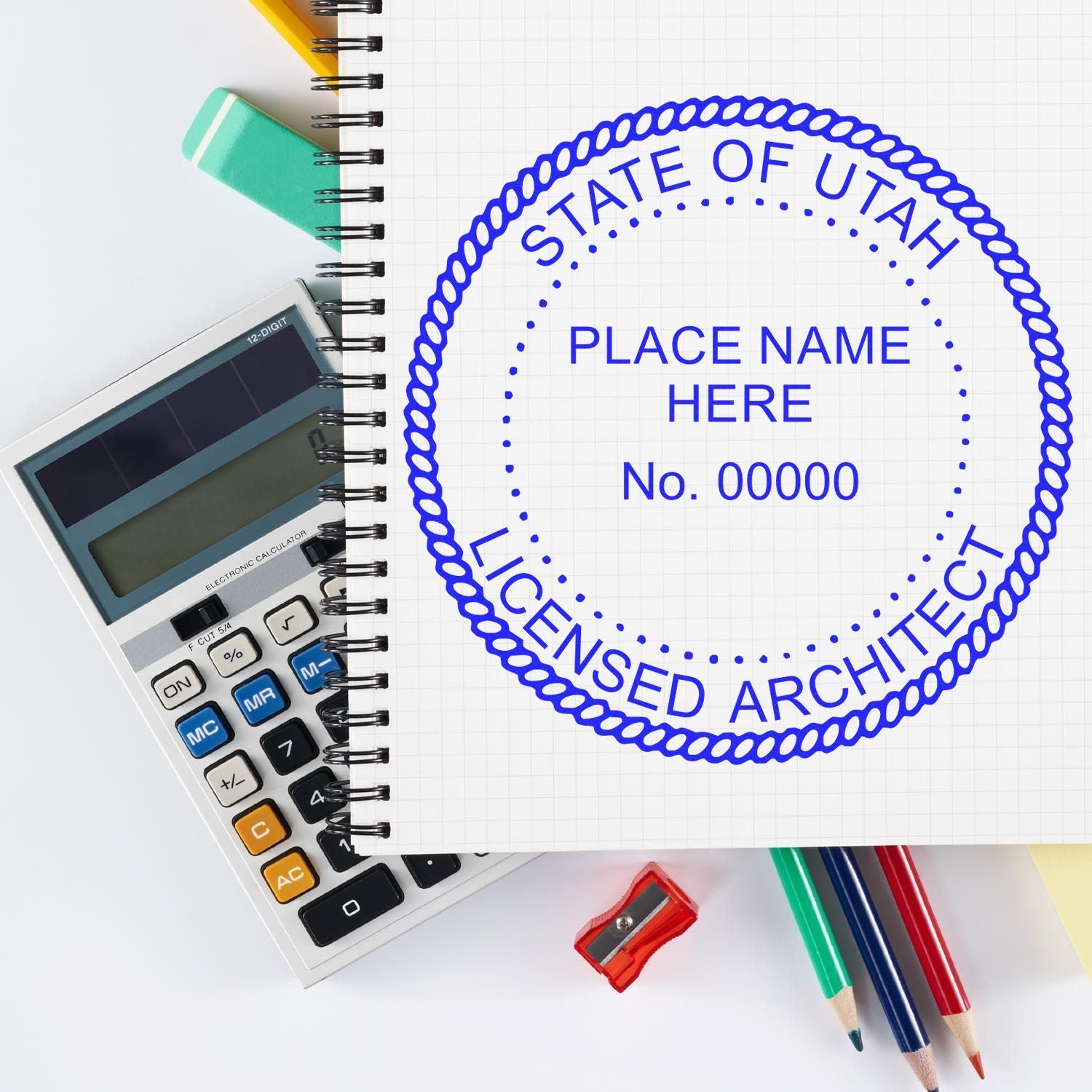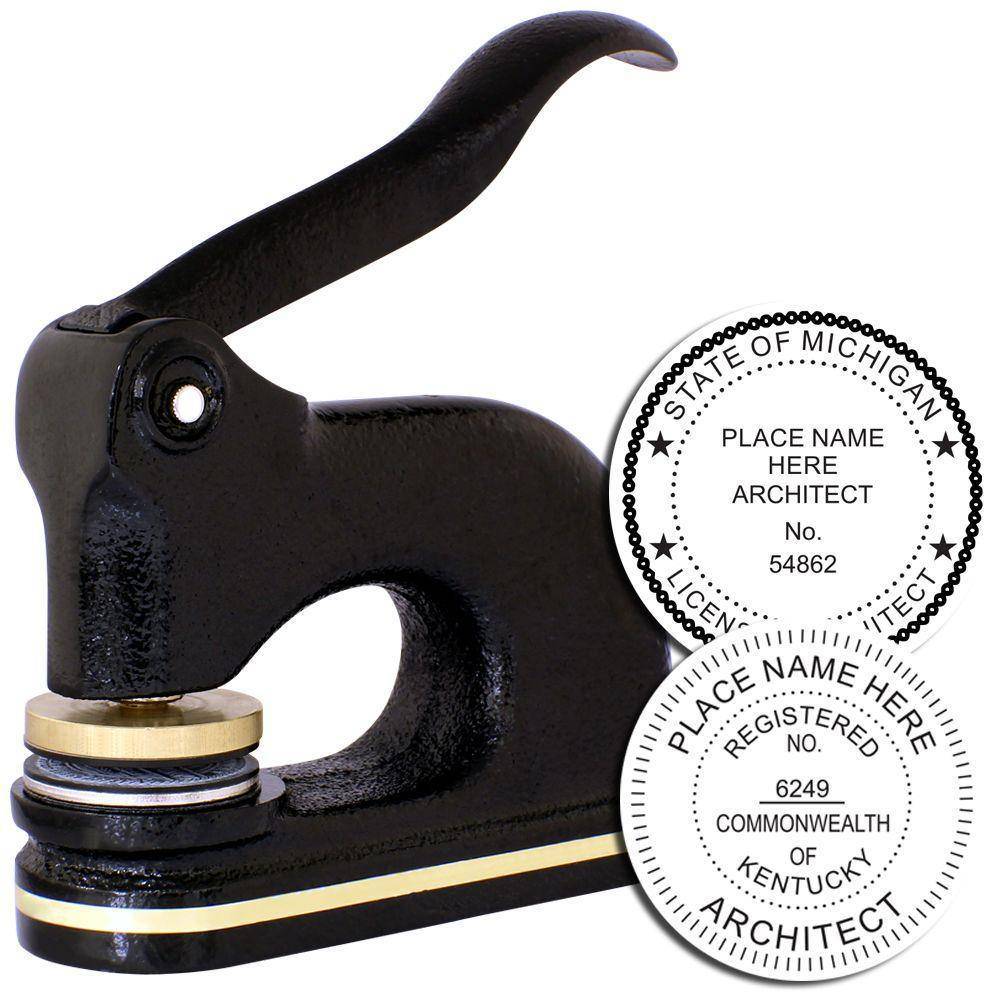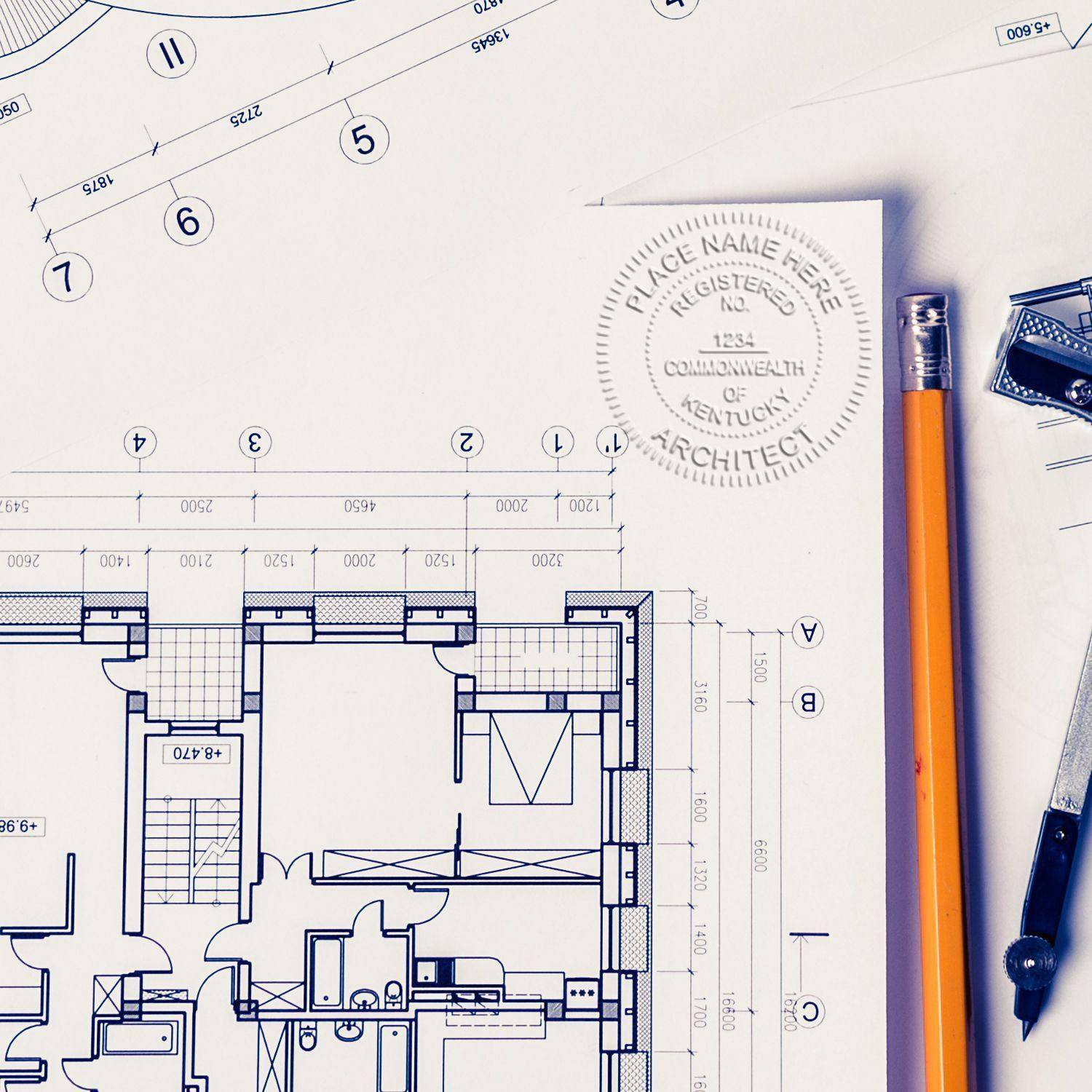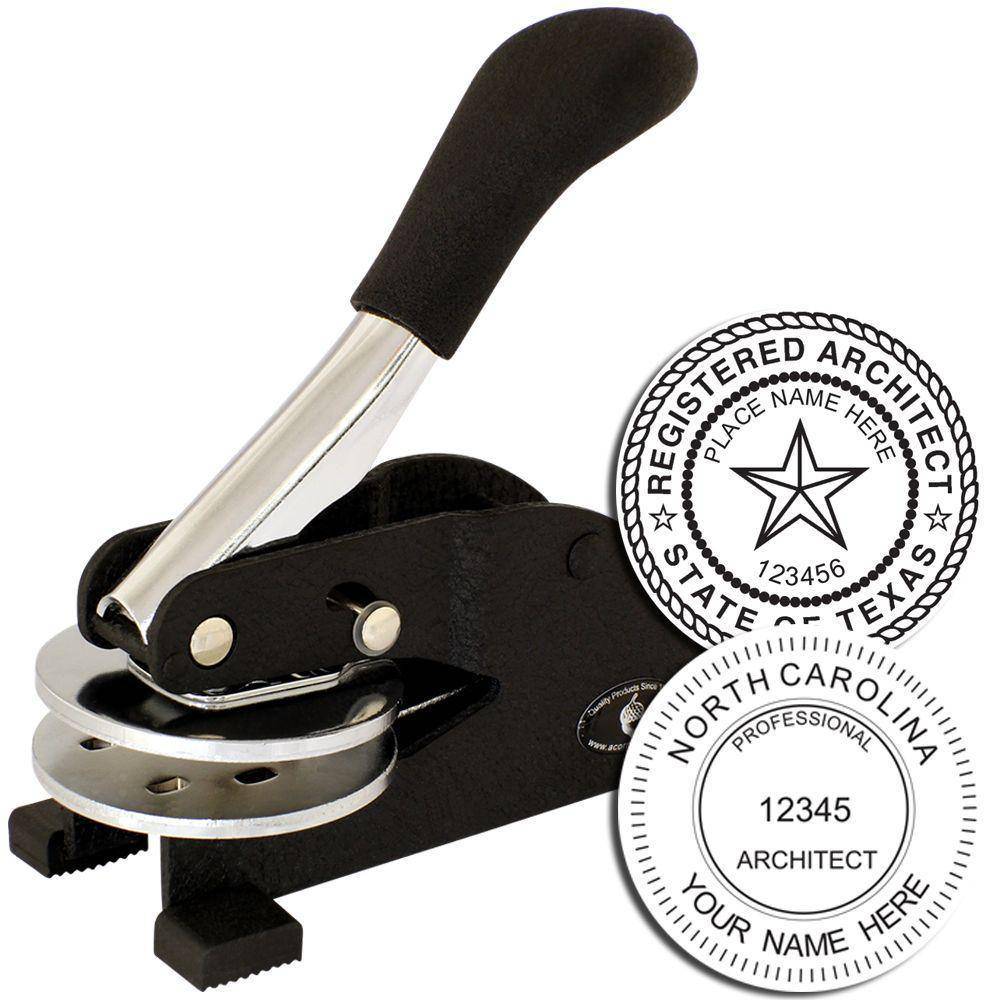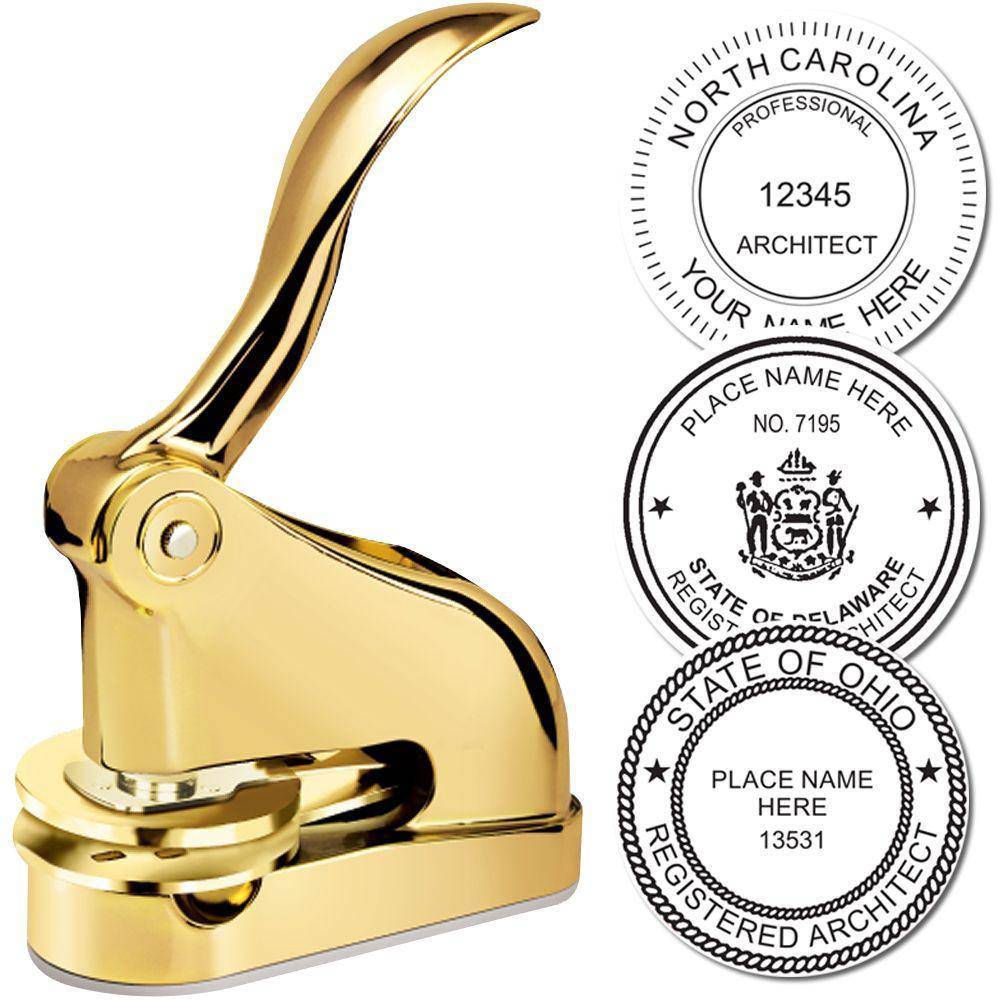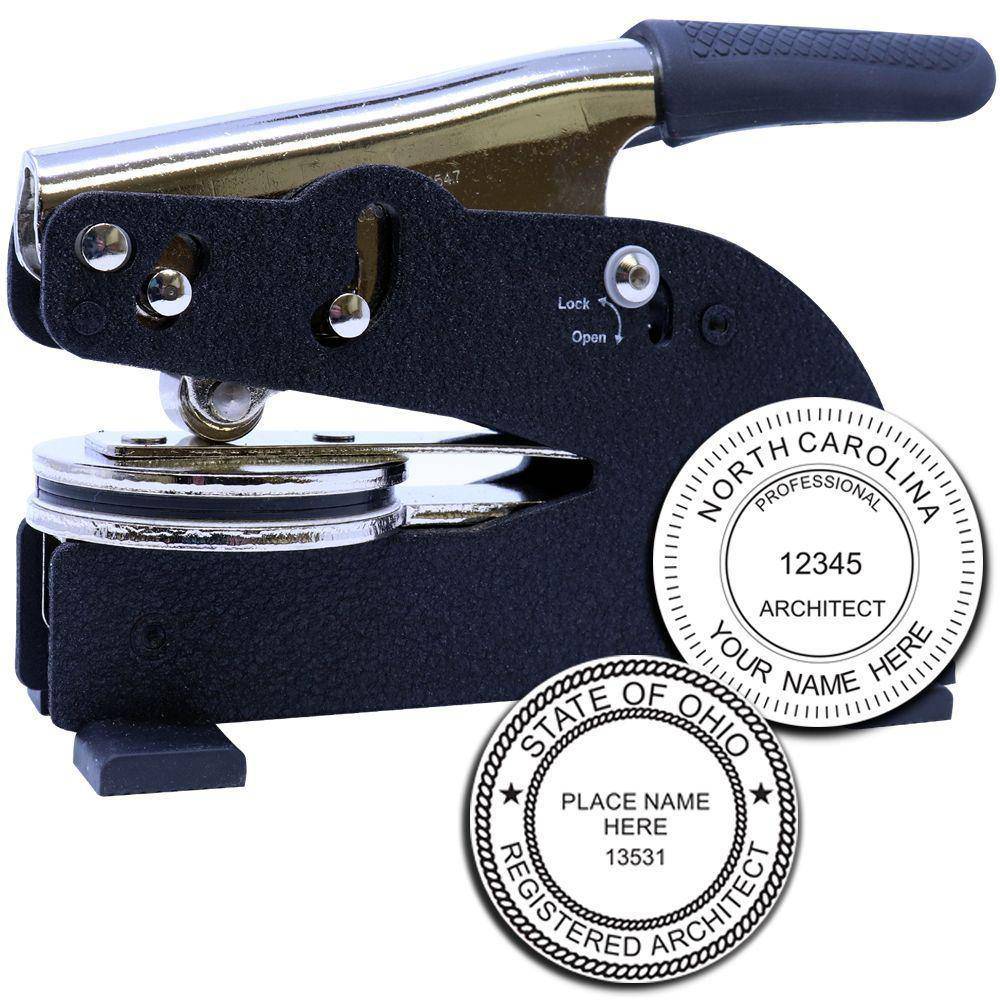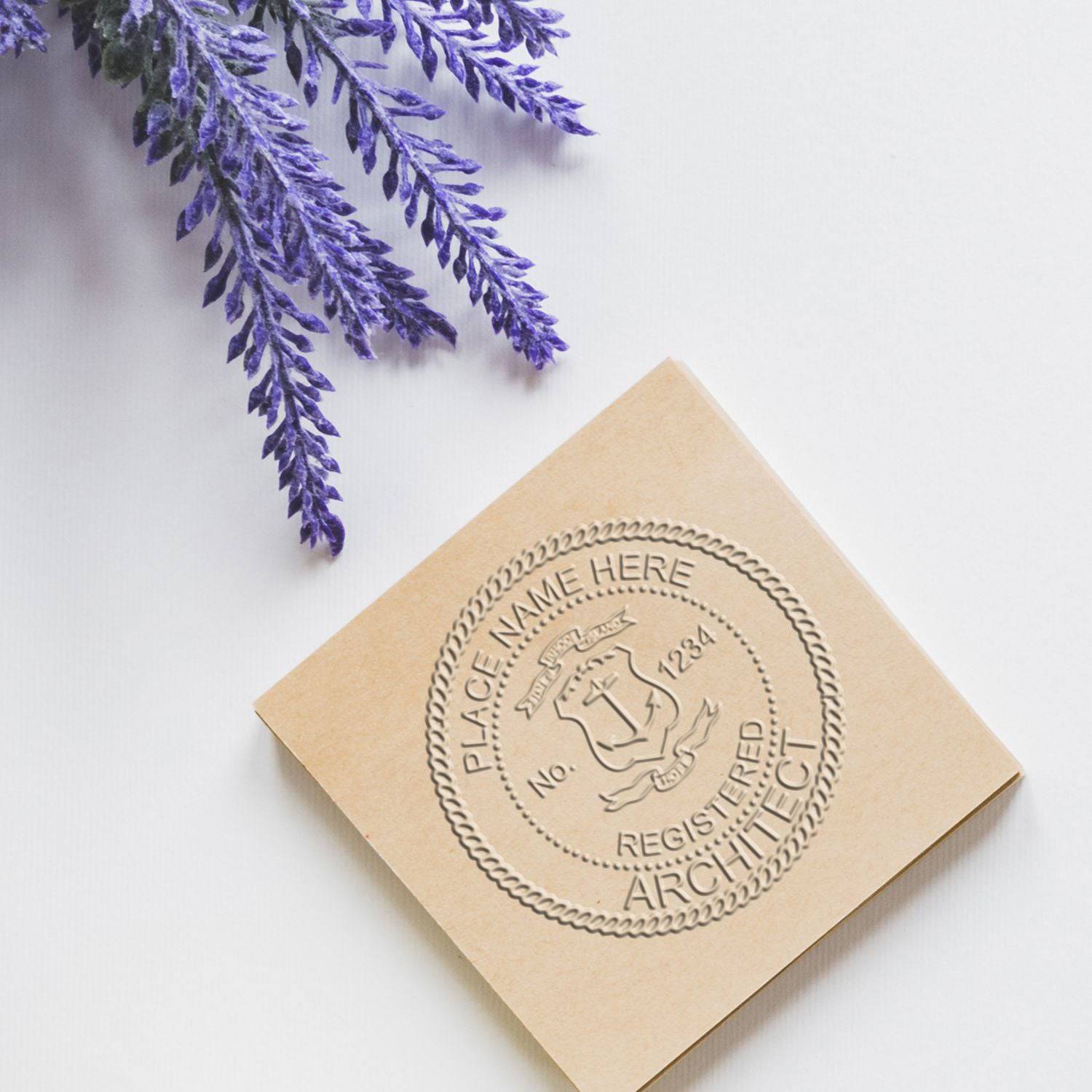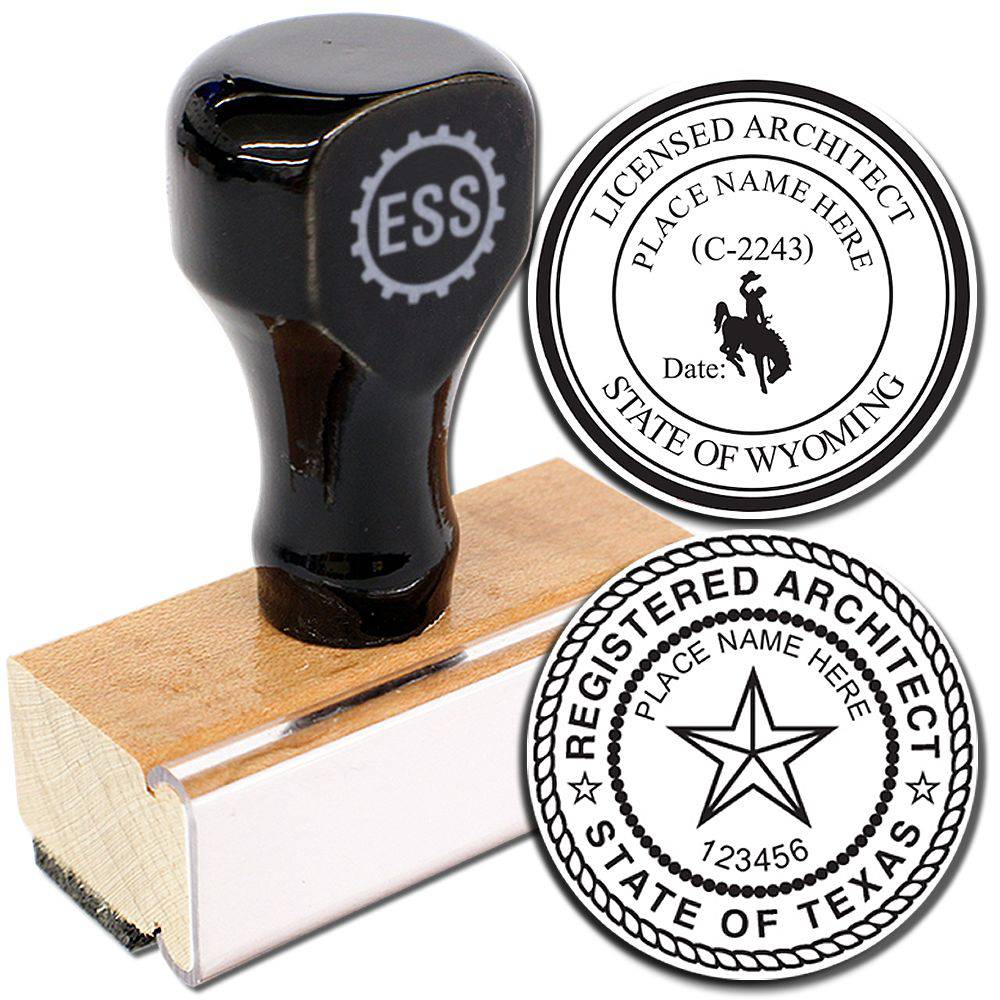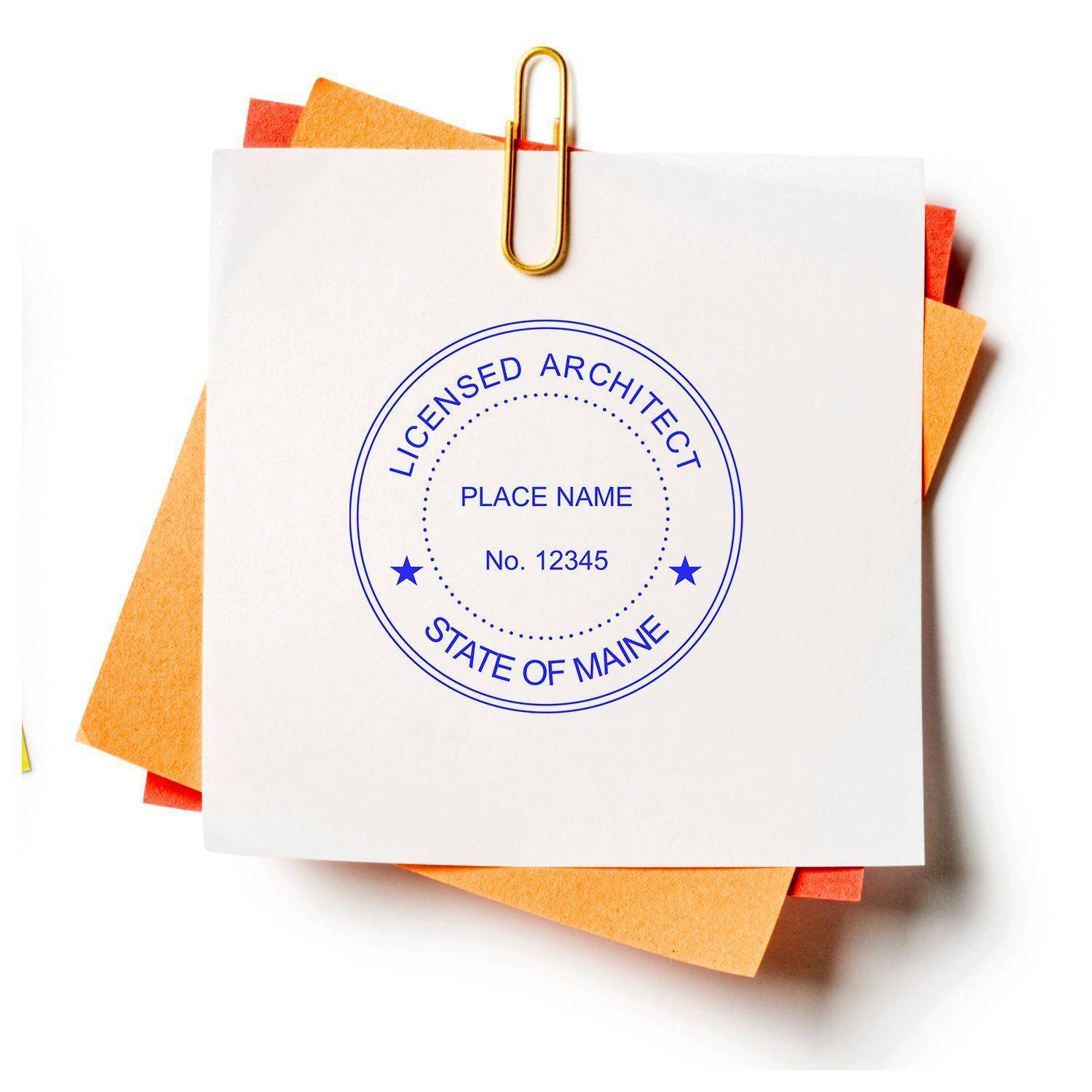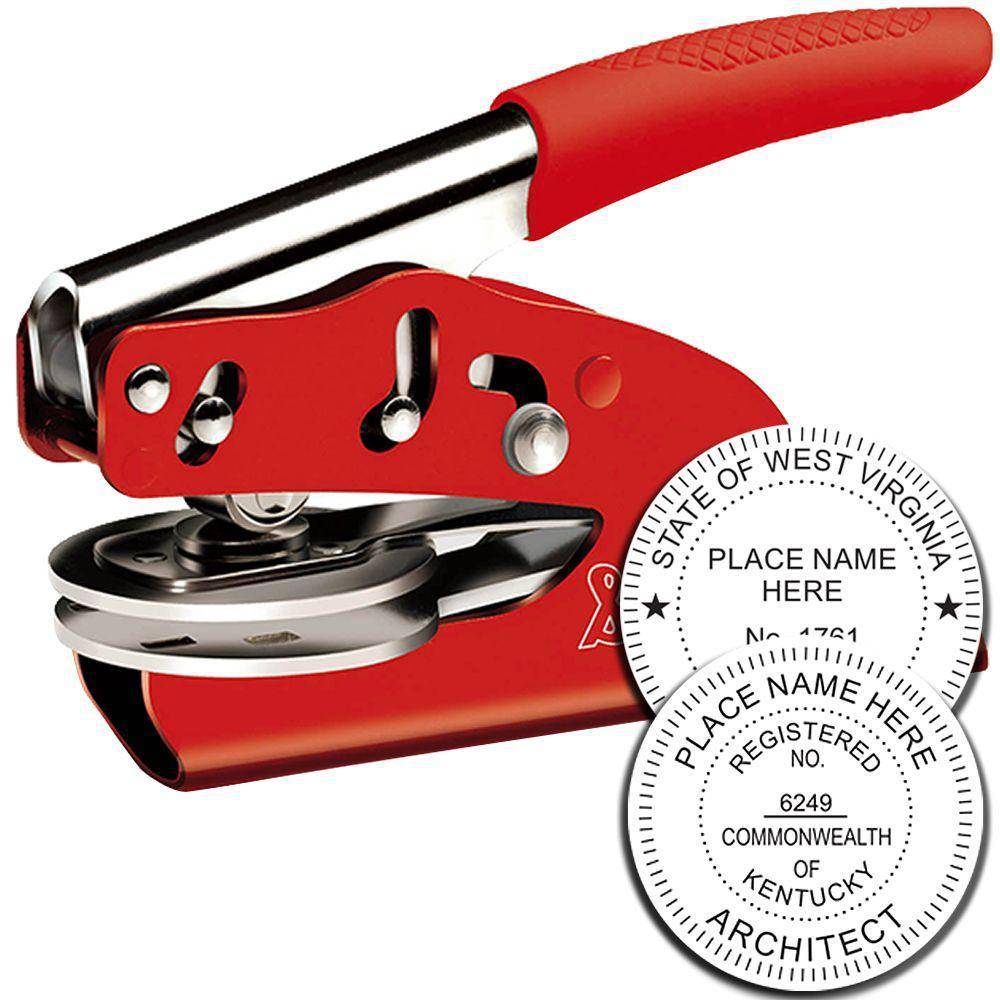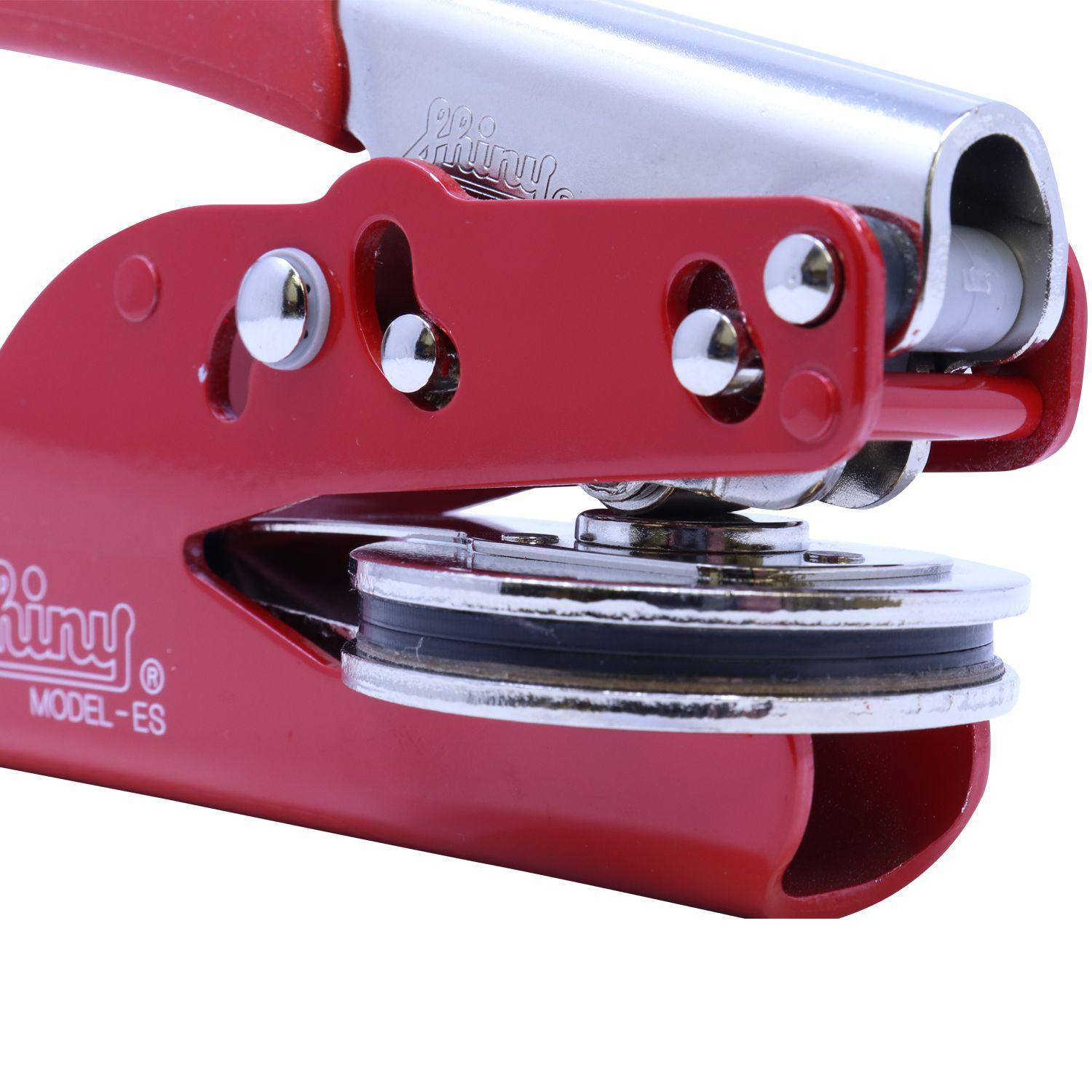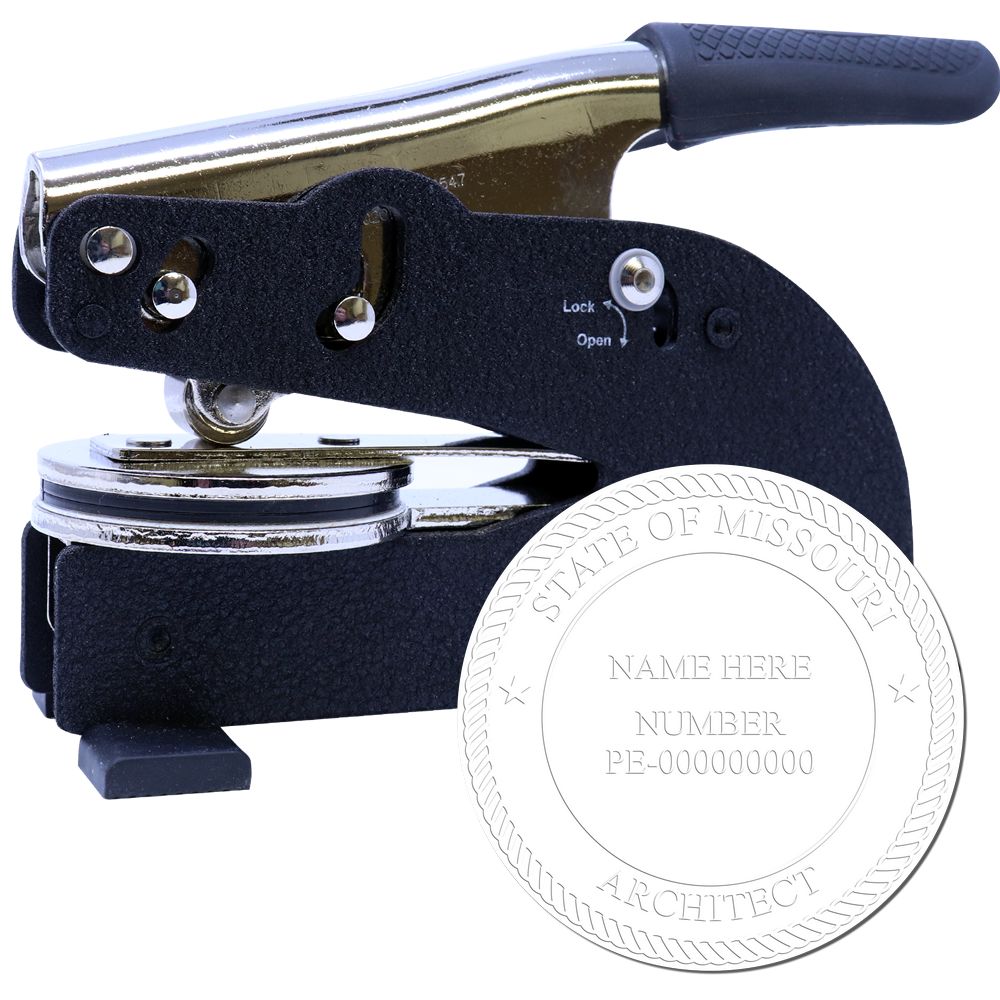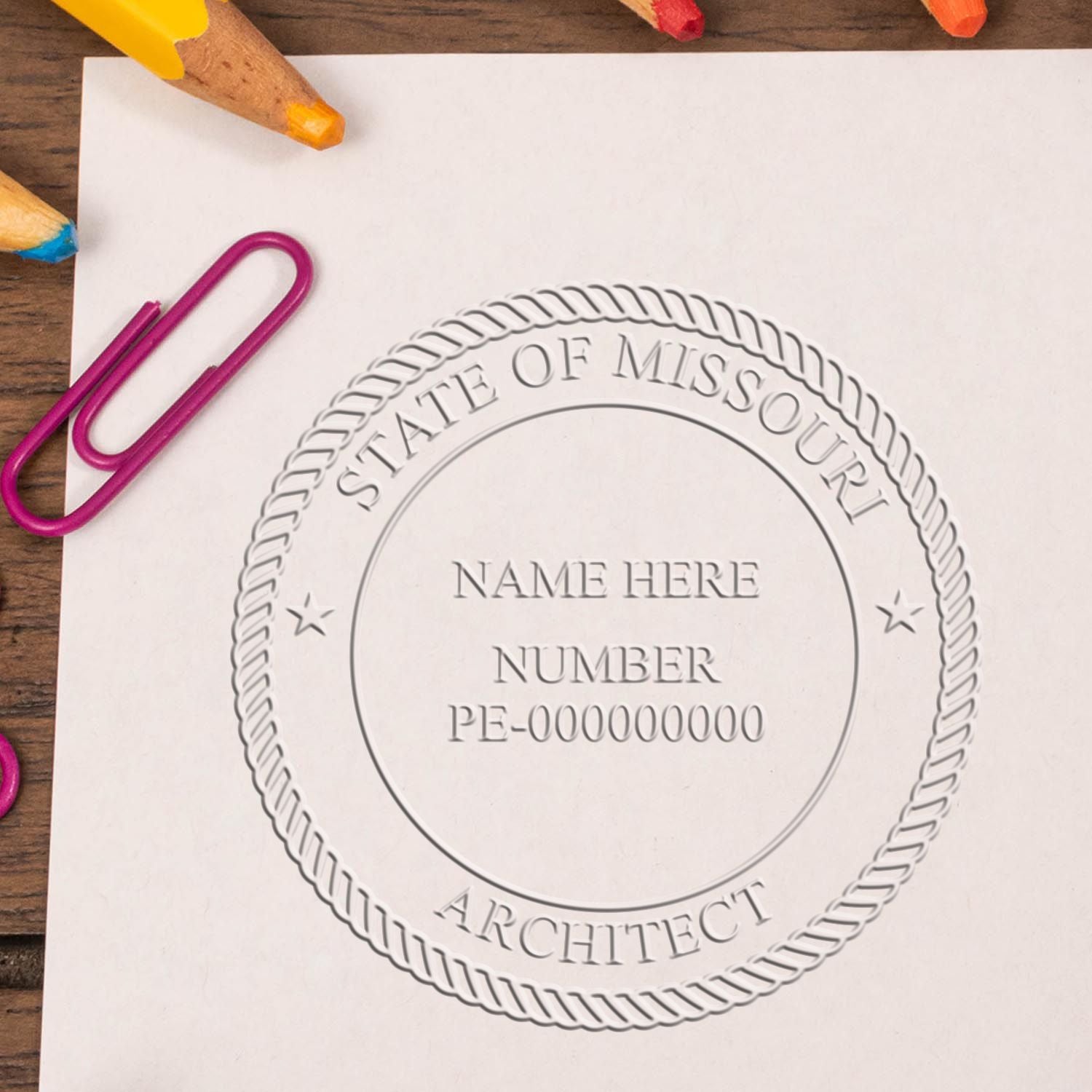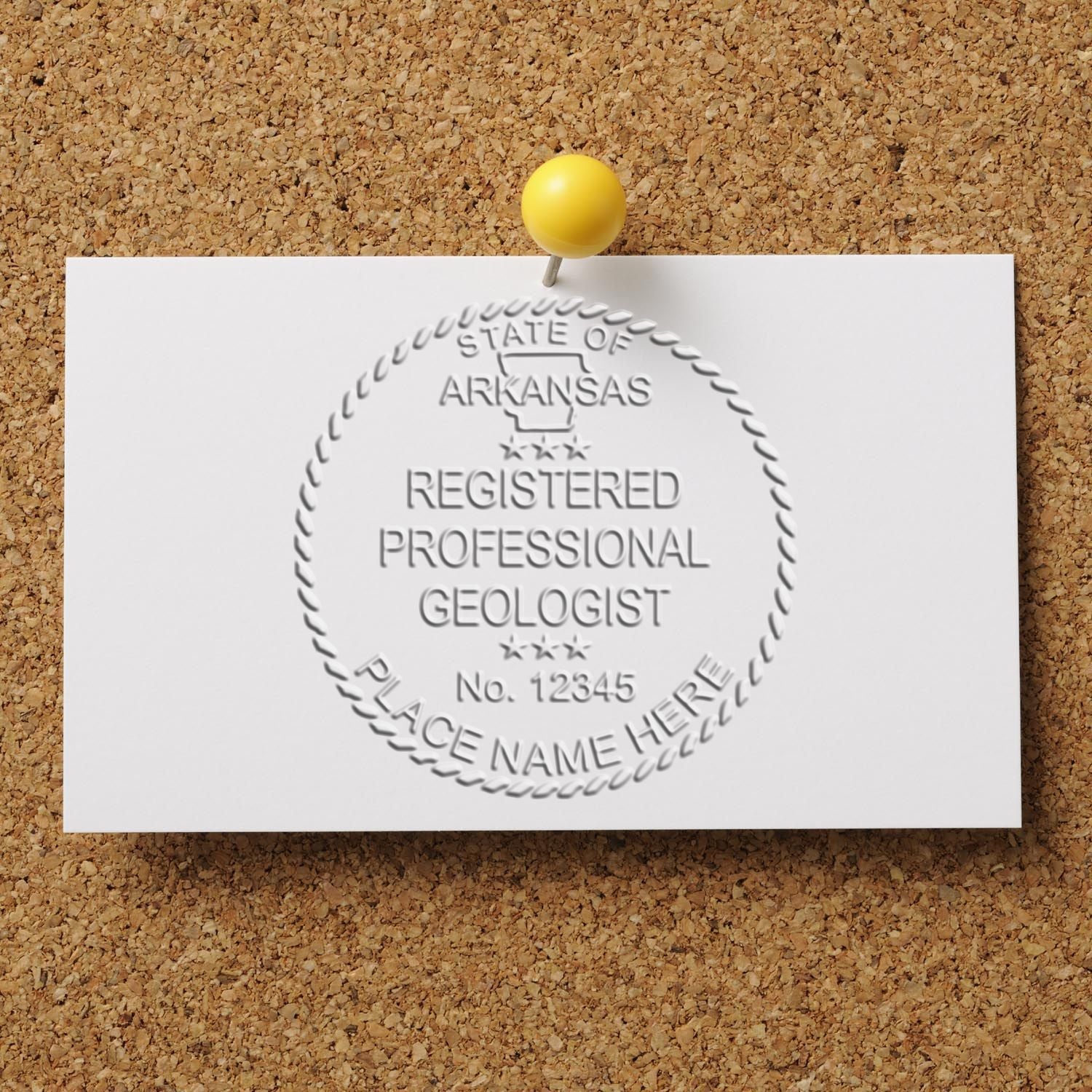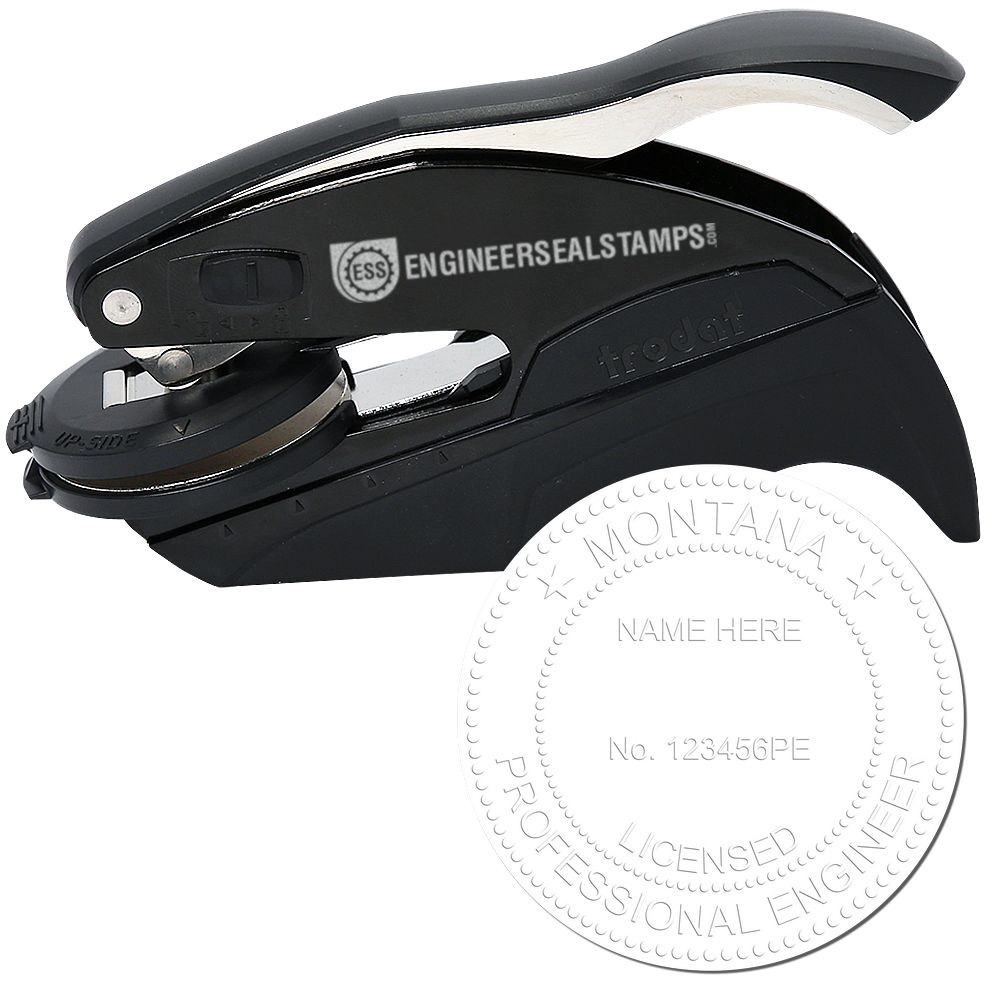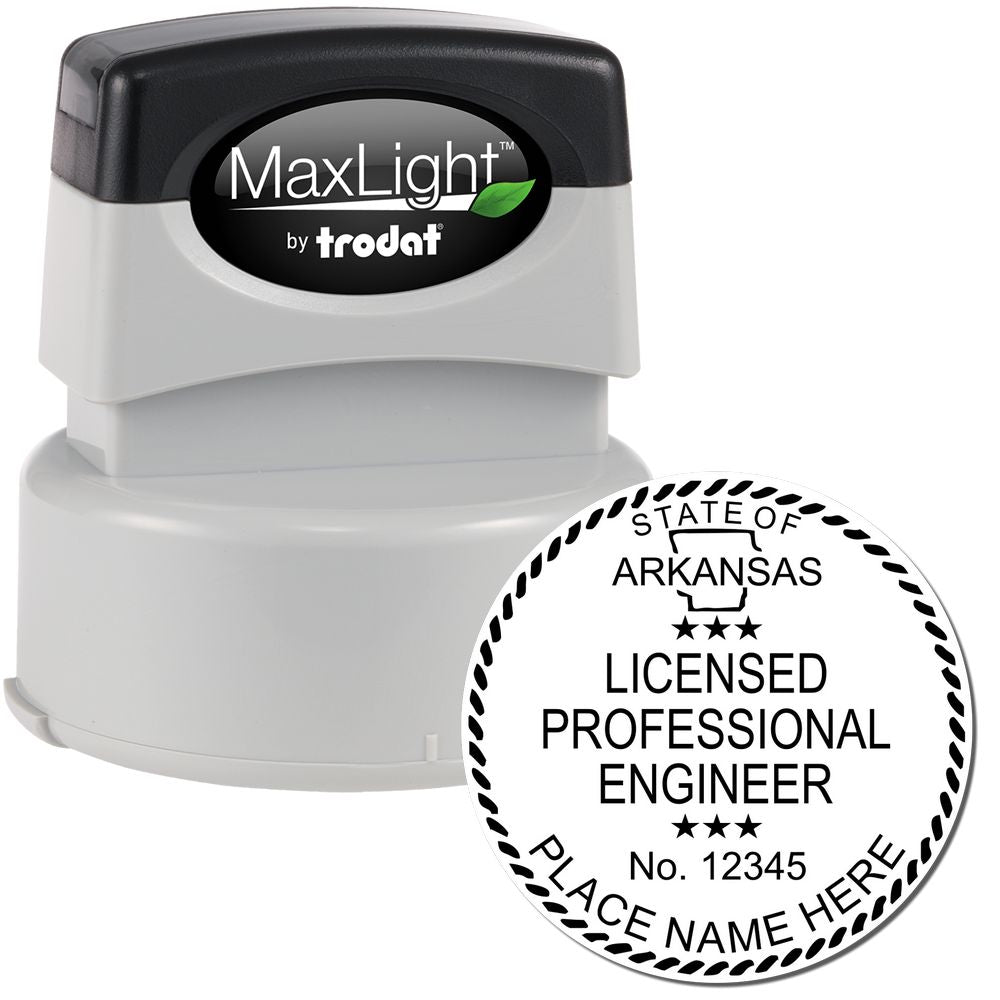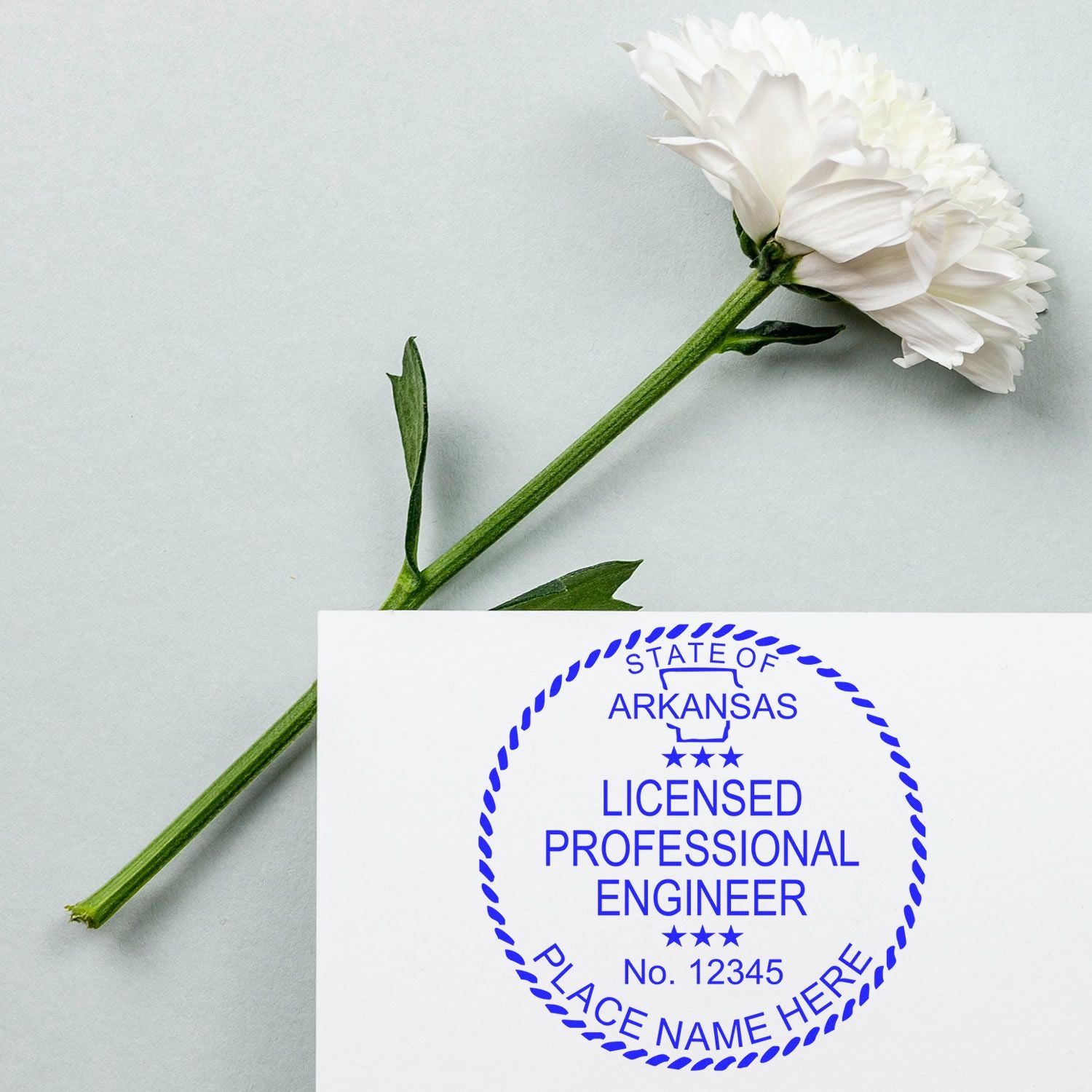Understanding Architect Seals and Stamps
In the professional world of architecture, architect seals and stamps are not merely accessories. These tools embody the legal and professional identity of an architect, providing a formal recognition of their qualifications and approving their work.
The Importance of Architect Seals and Stamps
Architect seals and stamps play a crucial role in the realm of architecture. They act as an architect's official signature, confirming the authenticity of the documents they adorn. They're frequently used on blueprints, schematics, and other official architectural documents, symbolizing the architect's assurance that the plans conform to various professional standards.
These seals and stamps also ensure the integrity of the profession, preventing unauthorized individuals from posing as certified professionals. For more details on the significance and use of architect seals and stamps, take a look at our articles on architect seals and architect stamps.
Legal and Professional Requirements
The use of architect seals and stamps is not only a professional tradition but also a legal requirement in many jurisdictions. Laws and regulations governing their use can vary, but in general, these instruments must display specific information like the architect's name, license number, and the jurisdiction of practice.
In some areas, the seal or stamp may also need to meet certain design specifications. For instance, the size and layout of the seal may be regulated, as well as the type of stamp (self-inking or traditional). To understand the specific regulations concerning architect seals and stamps in your area, visit our article on architect seal requirements.
Moreover, whenever an architect submits a document for public record, they are normally required to seal and sign it. This requirement applies to design plans, drawings, specifications, and other documents prepared by or under the direct supervision of the licensed architect.
To sum up, the use of architect seal embossers is deeply embedded in the practice of architecture, serving both symbolic and legal purposes. The next sections will delve into the specifics of these unique tools, helping architects make an informed decision when selecting a seal embosser that best fits their professional needs.
The Power of Architect Seal Embossers
In the world of architecture, maintaining professionalism is paramount. One of the many ways architects establish their professional credibility is through the use of architect seal embossers.
What is an Architect Seal Embosser?
An architect seal embosser is a tool used by architects to imprint their official seal on documents. This embosser works by pressing two plates together to create a raised design or impression on a piece of paper. The seal typically contains the architect's name, license number, and the state in which they are licensed to practice.
The use of an embosser is a common practice in the architectural profession and is often a requirement for official documents, blueprints, and drawings. It serves as a symbol of authenticity and authority, signifying that the document has been approved by a licensed architect. For more information on the importance and legal requirements of architect seals, you can refer to our article on architect seals.
Benefits of Using an Architect Seal Embosser
There are numerous benefits associated with using an architect seal embosser. Here are a few key advantages:
Authenticity: An embossed seal adds a layer of authenticity to architectural documents. It indicates that the work has been reviewed and approved by a licensed professional.
Professionalism: Using an embosser exudes professionalism. It shows that the architect adheres to industry standards and legal requirements, as detailed in our article on architect seal requirements.
Durability: Unlike ink stamps, embossed seals will not fade over time. This ensures that the seal remains visible for the life of the document.
Security: Embossed seals are difficult to forge or alter, adding a level of security to the documents.
Versatility: Seal embossers can be used on a variety of materials, including paper, cardstock, and certain types of foil.
| Benefits | Description |
|---|---|
| Authenticity | Adds a layer of authenticity to architectural documents |
| Professionalism | Showcases adherence to industry standards and legal requirements |
| Durability | Ensures that the seal remains visible for the life of the document |
| Security | Adds a level of security to the documents |
| Versatility | Can be used on a variety of materials |
In conclusion, architect seal embossers are powerful tools that enhance the professionalism and credibility of architects. They provide a mark of authenticity, security, and durability, making them an essential tool for architects. For more information on the different types of seals and stamps available for architects, refer to our articles on architect stamps and custom architect stamps.
Types of Architect Seal Embossers
When it comes to architect seal embossers, there are various types available to cater to different needs and preferences. The type of embosser you choose largely depends on your specific requirements and working style. This section will provide an overview of three widely used types of embossers - desk embossers, pocket embossers, and electric embossers.
Desk Embossers
Desk embossers are primarily designed for office use and are meant to be stationary. They are typically heavy-duty and durable, capable of producing clear and crisp impressions. The advantage of desk embossers is their stability and ease of use, making them ideal for architects who frequently need to emboss documents in their office.
| Feature | Detail |
|---|---|
| Use Case | Office use |
| Mobility | Low |
| Ease of Use | High |
| Durability | High |
Pocket Embossers
Pocket embossers are designed with portability in mind. Compact and lightweight, they can easily fit into a pocket or a small bag. This makes them a great choice for architects who often need to travel for work or those who prefer a portable embossing solution. Despite their smaller size, pocket embossers are capable of generating professional-quality impressions.
| Feature | Detail |
|---|---|
| Use Case | On-the-go |
| Mobility | High |
| Ease of Use | Medium |
| Durability | Medium |
Electric Embossers
Electric embossers represent the pinnacle of convenience and efficiency. They are powered by electricity and can emboss documents with the simple push of a button. While they are typically more expensive than manual embossers, their speed and ease of use make them a valuable tool for busy architectural offices that need to emboss a high volume of documents.
| Feature | Detail |
|---|---|
| Use Case | High volume embossing |
| Mobility | Low |
| Ease of Use | Very High |
| Durability | High |
Each of these architect seal embossers has its own benefits and drawbacks. When choosing the right embosser, it's important to consider factors such as frequency of use, volume of documents, and the need for portability. Additionally, the choice of embosser should align with the architect seal requirements in your jurisdiction. To learn more about the design options available for your seal, visit our guide on architect seal design.
Features to Consider When Choosing an Architect Seal Embosser
When selecting architect seal embossers, there are several key features to consider. It's important to make choices that align with an individual's professional needs and preferences. Here, we'll explore three of these features: material and durability, design and customization options, and ease of use and portability.
Material and Durability
The material of an architect seal embosser significantly affects its durability and lifespan. Embossers are typically made of metal or plastic. Metal embossers, while heavier, are typically more robust and long-lasting. In contrast, plastic embossers are lightweight and more portable but may not be as durable.
| Material | Durability | Weight |
|---|---|---|
| Metal | High | Heavier |
| Plastic | Moderate | Lighter |
It's crucial for professionals to choose an embosser made from materials that can withstand regular use without compromising the quality of the seal.
Design and Customization Options
Architect seal embossers come in various designs, and many offer customization options. This allows professionals to create a seal that’s not only compliant with architect seal requirements but also reflective of their unique identity.
Professionals can usually customize aspects like:
- The text around the seal, typically containing the architect's name and license number
- The state of licensure
- The layout and arrangement of the elements within the seal
Some providers also allow for the addition of a logo or other graphic elements within the seal. For more insights on personalizing your seal, visit our guide on architect seal design.
Ease of Use and Portability
For architects often on the move, the ease of use and portability of their seal embosser is crucial. Some prefer compact, lightweight embossers that can fit easily into a bag or briefcase. Others may prioritize a larger, more robust model that stays primarily in an office setting.
| Type | Portability | Ideal For |
|---|---|---|
| Pocket Embosser | High | On-the-go use |
| Desk Embosser | Moderate | Office use |
| Electric Embosser | Low | High-volume use |
Additionally, consider how easy the embosser is to use. Some models require more pressure than others, which could be a factor if you're using it frequently or have any hand or wrist issues.
By considering these features, architects can select the embosser that best suits their professional needs, ensuring they leave a clear, lasting impression on every document they certify.
Proper Use and Maintenance of Architect Seal Embossers
Having an architect seal embosser is not only about owning a tool; it's also about knowing how to use and maintain it effectively. In this section, we will explore the proper use of architect seal embossers and tips for maintaining them.
How to Use an Architect Seal Embosser
Using an architect seal embosser is relatively straightforward. Here are the steps to follow:
- Place the document to be embossed in the embosser. Ensure that the document is positioned correctly so that the seal will appear in the right location.
- Press down on the handle of the embosser. Apply enough pressure to ensure that the seal is clearly imprinted on the document.
- Release the handle and carefully remove the document. The seal should now be visible on the paper.
Remember that the seal should be clear and legible. If the seal appears smudged or unclear, it may not meet the necessary architect seal requirements.
Tips for Maintaining Your Embosser
Maintaining your architect seal embosser is essential to ensure its longevity and performance. Here are some tips:
- Clean Regularly: Over time, dust and dirt can accumulate on the embosser. Use a soft cloth to wipe the surfaces regularly. Never use harsh cleaners or abrasive materials as they can damage the embosser.
- Store Correctly: Store your embosser in a dry, cool place away from direct sunlight. This helps to prevent any damage or warping due to heat.
- Check for Wear: Regularly inspect your embosser for signs of wear or damage. If the seal begins to appear faded or unclear, it may be time to replace the embossing plate.
- Don't Overuse: Avoid using your embosser on overly thick paper or materials, as this can strain the embosser and cause damage over time.
By following these tips, you can ensure that your architect seal embosser remains in good condition and continues to create clear, professional seals on your documents.
Owning and maintaining a high-quality architect seal embosser is a key aspect of professionalism in the field of architecture. It not only helps to validate your work but also symbolizes your commitment to upholding the highest standards in your profession. For more information about architect seals and stamps, visit our articles on architect seals and architect stamps.
About ESS
We take enormous pride in offering our customers not just a wide array of high-quality rubber stamps, professional seals and stamps, and notary supplies, but also in ensuring an exceptional shopping experience. With a keen focus on satisfaction, our family-owned and operated business has been providing unparalleled service for more than half a century. Our commitment to customer service is an essential part of our core values, and we believe that every interaction with our brand should be pleasurable and memorable. Our fast turnaround time of 24-48 hours for custom-made products ensures that you don't have to wait weeks for your order to arrive, which is just one of the many reasons customers continue to choose us. Additionally, we offer free electronic seals with every professional seal purchase, which saves you time and money. Our website has been designed with user experience in mind, making shopping for custom stamps, date stamps, and other items a streamlined and effortless process. When you shop with us, you can trust that we will deliver the quality and attention to every detail that you deserve. Our promise to our customers is a promise to provide only the best in rubber stamps and related products, exceptional customer service and fast turnaround time, and this is what sets us apart from our competitors. Shop with us today and experience the difference for yourself.

